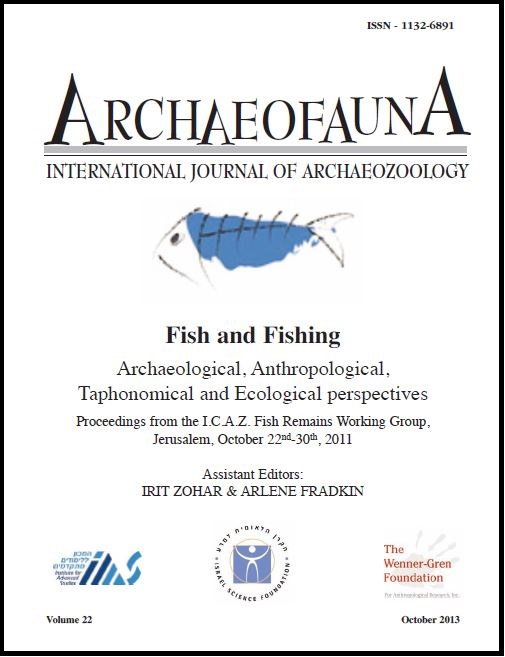Shifting Fish Consumption and Climate Change on the Swahili Coast (A.D. 800-1500)
Keywords:
Fish , consumption, Fishing strategies, Paleoclimate, Swahili Coast, Shifting dietAbstract
This study investigates fish exploitation throughout the development of two Swahili settlements on the East African coast, A.D. 800-1500. The aim is to identify and explain changes in subsistence strategies in this region against a backdrop of cultural and climatic changes. The changing contribution of fish to the Swahili diet is studied by comparing the chronological distributions of four principal animal food sources: fish, chicken, goat/sheep, and cattle. A mean trophic level study is applied to the archaeological fish data to identify differences in the composition of exploited fish species through time. Paleoclimate data from East African lakes provide a history of dry and wet periods in the region. Preliminary results show an increasing reliance on domesticated animals, with a decline in the ratio of fish to domesticated animals in the 12th to 13th centuries that may be related to abrupt shifts between dry and wet environmental conditions in the region. Studying this shift in diet within its climatic context contributes to our understanding of how people react to a changing environment and how these actions helped shape Swahili history.

